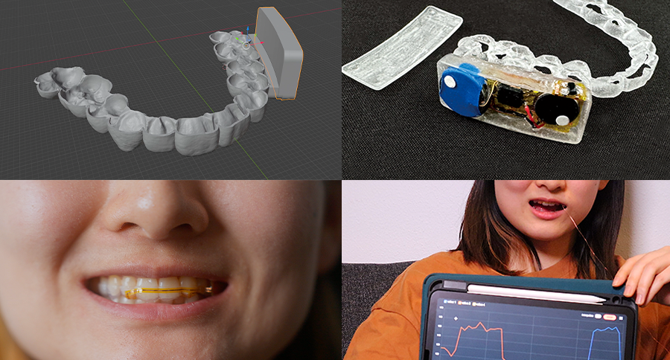Semiengineering
1M
178

Image Credit: Semiengineering
Med Tech Morphs Into Consumer Wearables
- Doctors have been using advanced technology for years, but the growing trend is for consumers to use devices at home and have direct access to their data.
- Watches and rings that were once primarily used for counting steps or registering sleep patterns can now read blood pressure, heart rate, blood oxygen, body temperature, and other early signs of illness.
- DSPs coupled with MEMS sensors are commonly used in wearable devices, along with other types of sensors, and/or electrodes, which are then connected to a data analytics platform via Bluetooth or Wi-Fi.
- Ansys also is exploring wearable optical sensors and helping designers address such challenges as compact system integration, precise optical path management, and real-world lighting conditions to ensure the wearables deliver reliable, actionable insights.
- The smart watch market growth rate was expected to decline as the technology matured, while the hearables market was predicted to grow. Demand for smart rings and glasses is also expected to increase.
- Medical devices face much more stringent testing than consumer devices, but regulators are starting to approve more technology.
- Home-use medical devices can come in many forms, depending on what data is being captured.
- Artificial intelligence, machine learning, and other tools have been used in the medical space for some time and applications are surfacing every day for better ways of filtering data to provide better insight than a human is capable of, such as screening for breast cancer.
- Devices and patches can gather data, but they also can create haptic sensations beyond vibration.
- For example, Infineon partnered with Theranica on a migraine patch.
Read Full Article
10 Likes
For uninterrupted reading, download the app